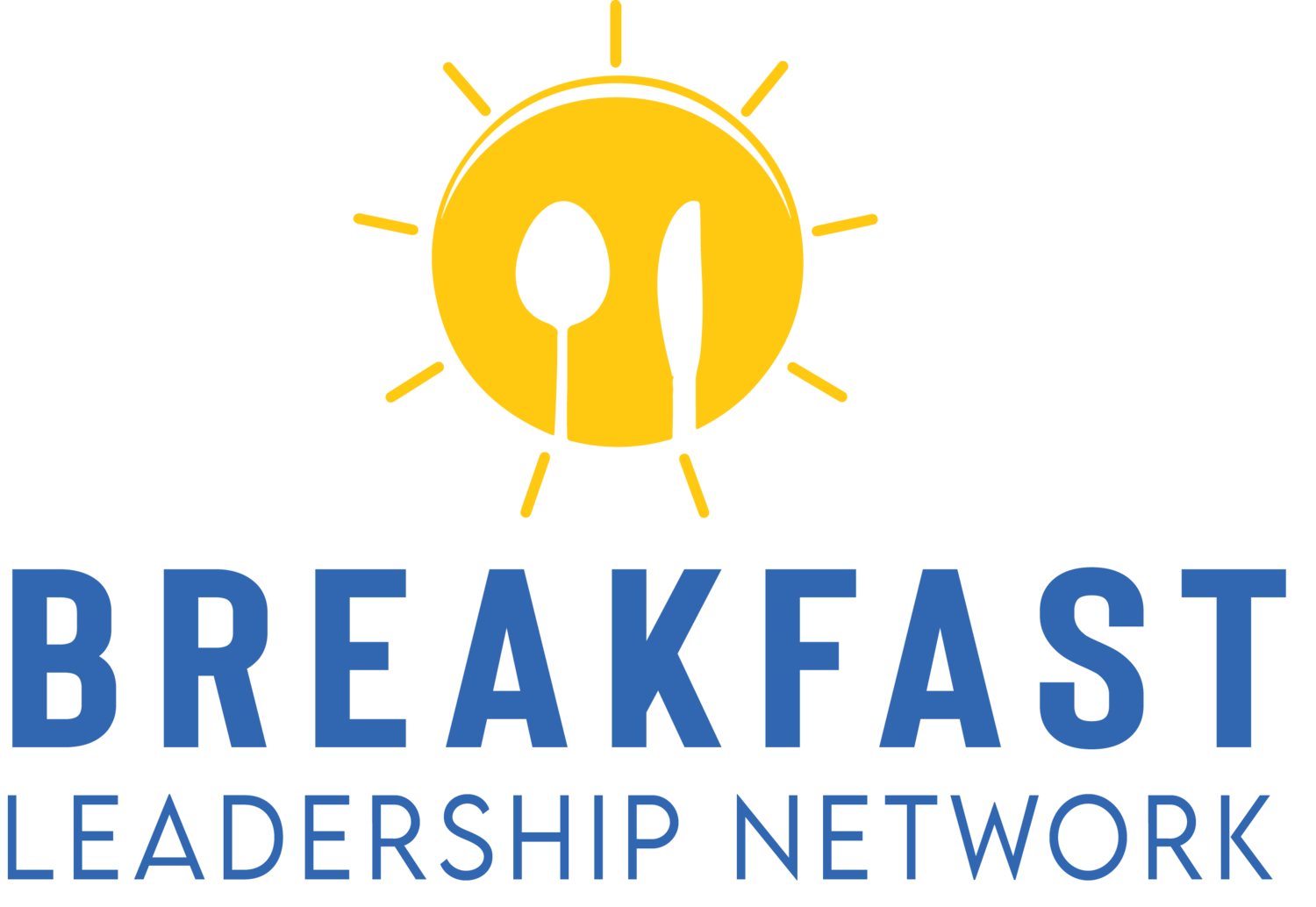Why Safety Isn’t Just a Rule—It’s a Plan
Okay, so let’s talk about safety. Not the “look both ways before you cross the street” kind of safety (even though that’s still important), but the kind of safety grown-ups talk about at work. You know, the kind where there are signs everywhere, people wear those neon vests, and there are meetings about what to do if something goes wrong.
At first, it might seem like a bunch of rules just to make things more annoying. But actually? Safety at work is way more than a list of do’s and don’ts. It’s a plan. And when it’s done right, it can make a huge difference—not just for the workers but for the whole company.
It's Not Just About Hard Hats
A lot of people think “health and safety” means wearing helmets, putting up warning signs, or having someone yell, “Watch your step!” when the floor’s wet. Sure, that’s part of it. But real workplace safety is way more detailed than that.
Imagine building a giant LEGO set. You wouldn’t just grab random bricks and hope for the best, right? You’d follow the instructions. That’s kind of what safety planning is like. A good plan looks at every part of the job—what could go wrong, who might get hurt, and how to stop it before it happens.
And it's not just in places like factories or construction sites. Even in quiet office jobs, people can slip, trip, get sick from bad air, or mess up their backs from sitting too long. Planning for safety matters everywhere.
The Hidden Stuff That Keeps People Safe
Here’s the part most people don’t see: behind every safety sign or emergency exit, there’s a whole system keeping track of things. It’s not just, “Hey, be careful!” There are people looking at reports, checking equipment, keeping track of training, and updating rules when something changes.
To keep these processes both compliant and running smoothly, many businesses turn to specialised consultancies for hands-on support with things like governance, risk, and compliance. Working with a firm like HSEQlogic can be a practical way to put strategies in place that not only lift safety standards and reduce risk but also help meet all the necessary regulations—no matter the industry or work environment.
Accidents Are Expensive (And Not Just in Money)
You might think safety stuff just slows things down. But skipping safety steps usually costs way more.
Here’s why:
Let’s say someone gets hurt at work. They might need time off, the company could get in trouble, and people might feel nervous about their own safety. That one moment can mess up an entire team’s flow. Now, everyone’s distracted, worried, and behind schedule.
Also, if a company doesn’t follow safety laws, it can get fined. A lot. And it’s not just money—they can lose their reputation, customers might leave, and good workers might quit.
So yeah, planning for safety actually helps businesses do better, not worse.
Safety Makes People Feel Valued
Here’s something kind of cool: when a company takes safety seriously, workers usually trust them more.
Think about it—if your school didn’t bother fixing broken stairs or didn’t care when someone slipped in the hallway, would you feel like they care about you? Probably not.
Same thing at work. When people see that their company checks in on safety, gives them the right gear, and listens to their concerns, they feel like they matter. And when people feel respected, they usually work harder and stay longer.
Even though safety might seem like a bunch of rules, it’s really about looking out for each other.
Plans Make Things Predictable (Which Is a Good Thing)
Have you ever tried doing something complicated without a plan? Like baking a cake with no recipe? Total chaos, right?
Workplaces are the same. If there’s no safety plan, people just guess what to do when something weird happens. That’s risky.
A solid plan includes stuff like:
What to do if there’s a fire
How to report something dangerous
Who’s trained to handle emergencies
How often machines should be checked
What gear people need for each job
When everyone knows the plan, they can react fast and calmly when things go wrong. That kind of clear thinking can literally save lives.
Good Plans Change Over Time
Here’s the thing—safety isn’t just something a company figures out once and then forgets. It has to grow and change.
Why? Because jobs change. People switch roles. New machines get installed. The weather shifts. Even tiny updates can change how safe or risky something is.
That’s why companies need to check their plans often. And not just the boss. Everyone should be part of the process—sharing ideas, speaking up if they see something wrong, and learning from past mistakes.
The best safety plans aren’t stuck in a binder somewhere collecting dust. They’re living documents that people actually use.
What You Should Remember
Safety at work isn’t just about rules. It’s about being smart. It’s about planning ahead, watching out for others, and building a system that actually works. When businesses treat safety like a real priority—not just something to check off a list—everything runs better. People feel safer, the work gets done faster, and there are way fewer surprises.
So, next time you see a safety sign or hear someone talk about “procedures,” remember—it’s not just grown-up talk. It’s a plan. A good one. And honestly, it’s one of the main reasons jobs don’t turn into disasters.
Explore insights and strategies for success with Breakfast Leadership Network, your trusted source for leadership articles, shows, and more. Subscribe today to stay informed and inspired!
LinkedIn: https://linkedin.com/in/MichaelDLevitt
X: https://X.com/bfastleadership
Instagram: https://www.instagram.com/bfastleadership/
YouTube: https://youtube.com/@breakfastleadership?sub_confirmation=1
TikTok: https://www.tiktok.com/@bfastleadership
Blog: https://BreakfastLeadership.com/blog
Interviews: https://BreakfastLeadership.com/media
Podcast: https://apple.co/3ywz8SE
Books:
Burnout Proof: https://amzn.to/37prw48
The Great Resignation & Quiet Quitting: https://amzn.to/3JgeusB
Baby Boomer Burnout: https://amzn.to/3Yei4rf
369 Days: How To Survive A Year of Worst-Case Scenarios: https://amzn.to/38Zd807
Burnout: How You Entered The Path To Burnout: https://amzn.to/2GQWFyZ



